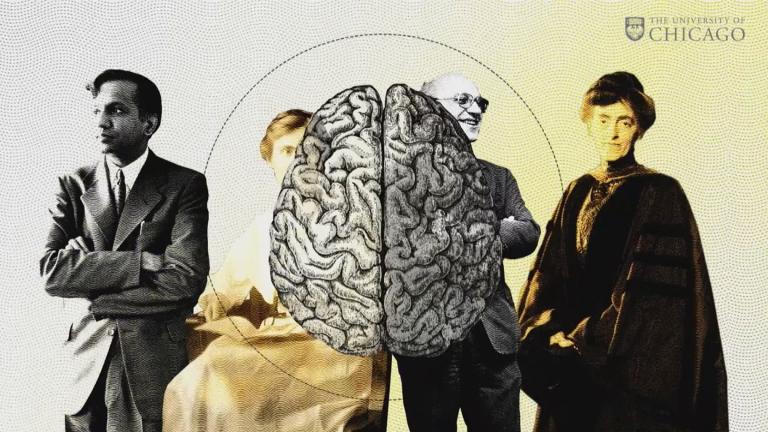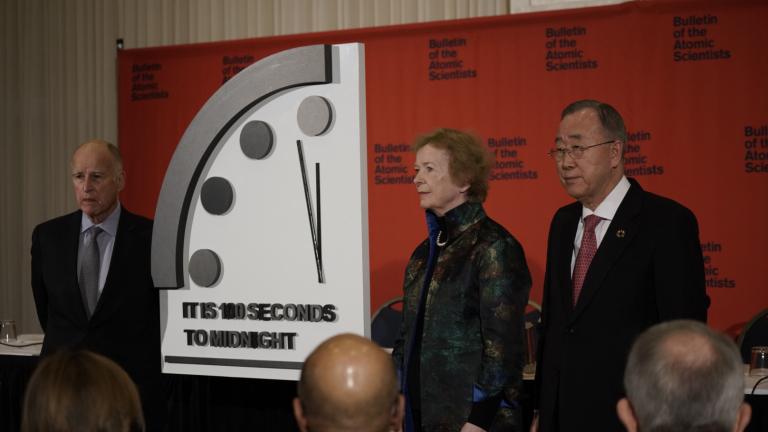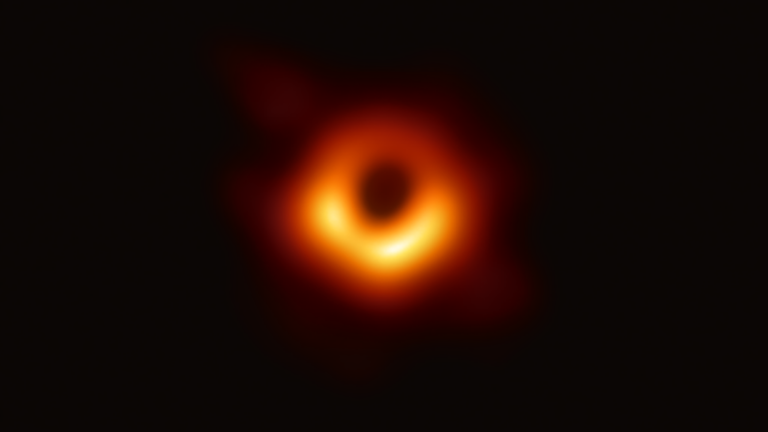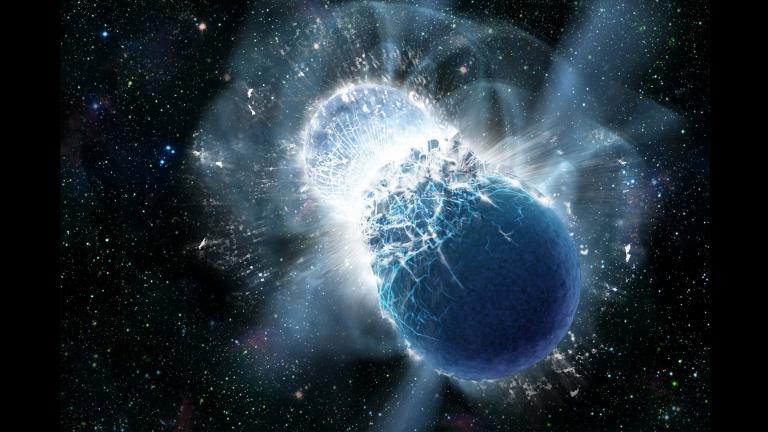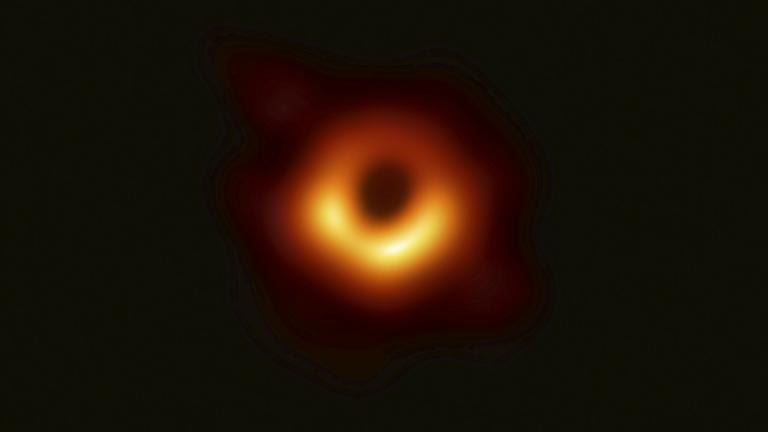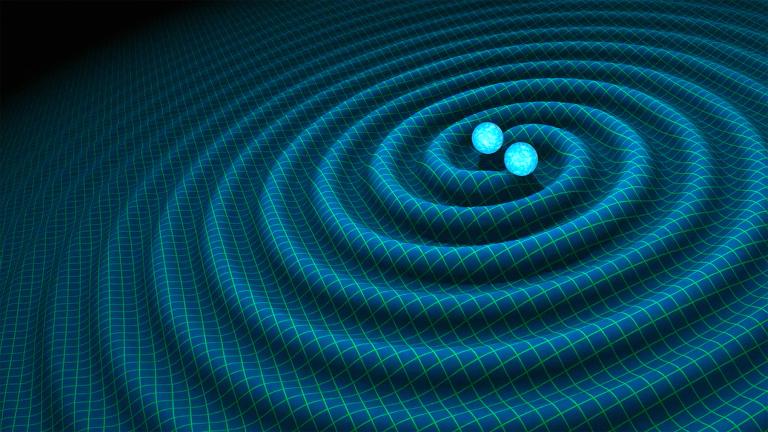A new series of video shorts from the University of Chicago aims to highlight the role its researchers and scientists have played in transforming our understanding of the world — and indeed the cosmos.
Daniel Holz
The world is closer to global catastrophe today than at any point since World War II, according to a group of international nuclear and climate scientists.
From the first-ever image of a black hole to growing concern over climate change, we review some of the year’s top science stories with three of our regular science contributors.
If the discovery is confirmed, it would be the first evidence that black holes and neutron stars can pair up to form binary systems.
Ever since Einstein’s theory of relativity first predicted them, black holes have captured the imagination of the public and scientists alike. We speak with two local astrophysicists about this scientific breakthrough.
The Nobel Prize committee called it “a discovery that shook the world.” A local scientist explains gravitational waves.

